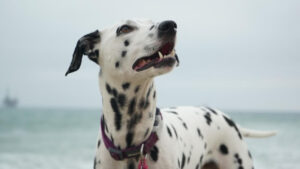
Dog Puzzle Feeder vs Interactive Toys: Which Is Best For Your Pooch?
Choosing the right plaything for your furry friend – be it a dog puzzle feeder or interactive toys – is essential for their mental and
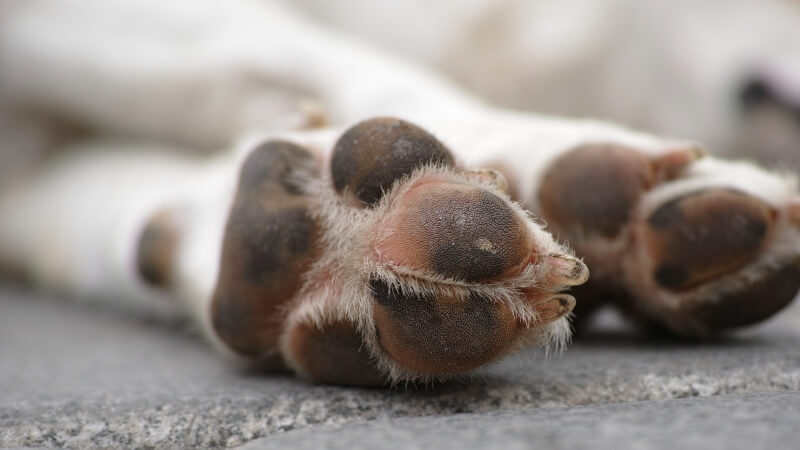
If you’re constantly pondering, “How do I get my dog to stop chewing his paws?” know that you’re not alone. This behavior, while common, can be a sign of various underlying issues.
This comprehensive guide aims to help you understand why your dog might be engaging in this behavior and offers practical, straightforward strategies to help them stop.
Understanding why your dog is chewing their paws is the first step to helping them. It could be due to a variety of reasons, each requiring a different approach to resolve.
Allergies can cause significant discomfort for dogs, leading them to chew on their paws as a way of alleviating the itchiness or irritation.
These allergies might be due to environmental factors like pollen, dust, or household chemicals, or they could stem from certain ingredients in their food.
Signs of allergies, besides paw chewing, include excessive scratching, red or inflamed skin, and sometimes even hair loss. Identifying and eliminating the allergen is key to stopping the behavior.
Dogs, much like humans, can experience emotional distress. Anxiety, stress, and even boredom can manifest in behaviors like paw chewing.
These emotional states might be triggered by changes in the environment, separation from owners, loud noises, or a lack of mental and physical stimulation.
Dogs might chew their paws to self-soothe. Noticing the contexts in which your dog starts to chew can help in identifying emotional triggers.
Physical discomfort is another significant reason why dogs might chew their paws. Conditions like arthritis, injuries, or even something as simple as a splinter can cause your dog to focus on their paws.
Other signs of physical pain include limping, favoring one paw over others, and reluctance to play or walk. It’s crucial to regularly check your dog’s paws for any signs of injury or abnormality.
Seeking the advice of a veterinarian is a crucial step in understanding and treating paw chewing. They can provide a professional diagnosis and recommend appropriate treatment plans.
When you visit the vet, they will conduct a comprehensive examination of your dog. This could include skin tests, blood work, and possibly imaging studies like X-rays if a physical injury is suspected.
These evaluations help the vet determine if the paw chewing is due to allergies, infections, parasites, or other medical issues. Early detection and treatment of these conditions can prevent the behavior from becoming a chronic problem.
Based on the findings from the examination, your vet will develop a tailored treatment plan. This plan might include dietary changes, medications for allergies or infections, or recommendations for environmental modifications to reduce exposure to allergens.
For emotional causes like anxiety, your vet might suggest behavioral therapies or, in some cases, prescribe medications to help manage your dog’s stress levels.
Addressing the behavioral aspect of paw chewing involves engaging your dog’s mind and body and altering their environment to reduce stress and boredom.
Activities that engage your dog’s mind and body are essential in preventing paw chewing. Regular walks, playtime, and training sessions provide necessary physical exercise, while puzzle toys, treat-dispensing games, and training challenges stimulate their mind.
These activities not only keep your dog busy but also strengthen your bond with them. Remember, a tired dog is less likely to engage in problematic behaviors.
Creating a safe and controlled environment can significantly reduce your dog’s paw chewing. If certain areas of your home or specific substances seem to trigger the behavior, restrict your dog’s access to these spaces.
Additionally, maintaining a clean environment, free from irritants like certain cleaning products or plants, can help prevent allergic reactions that might cause paw chewing.
Positive reinforcement training is a powerful tool in modifying unwanted behaviors. Whenever your dog refrains from chewing their paws, reward them with treats, praise, or play. This reinforcement makes them associate not chewing with positive outcomes.
Conversely, when they do chew, a firm “no” followed by redirecting their attention to a toy or other activity can teach them alternative behaviors. Consistency and patience are key in this training approach.
Integrating certain products into your dog’s routine can assist in modifying their behavior and preventing paw chewing.
Interactive toys and puzzle feeders are excellent for keeping your dog mentally engaged and distracted from paw chewing. These toys require your dog to solve puzzles to access treats, providing mental stimulation that is crucial for their well-being. Rotating different toys and puzzles will keep your dog interested and challenge their problem-solving skills.
The right gear, such as a comfortable harness or collar, can make managing your dog’s behavior easier. It’s important to choose gear that fits properly and doesn’t irritate their skin, as discomfort from poorly fitting equipment can exacerbate paw chewing.
Additionally, using a harness can provide better control during walks, preventing your dog from accessing their paws easily.
Offering your dog appropriate items to chew, like dental sticks or durable chew toys, can redirect their urge to chew away from their paws.
These items are designed to be safe and satisfying for dogs to chew on, providing an outlet for their natural chewing instincts. Always supervise your dog with new toys or chews to ensure their safety.
Regular observation and preventive measures are crucial in managing your dog’s paw chewing and ensuring their overall well-being.
Regularly monitoring your dog’s behavior is essential in managing paw chewing. Keep track of when and how often they engage in the behavior, and note any changes in their environment or routine that might correlate with an increase in chewing.
Regular inspections of your dog’s paws for cuts, sores, or signs of irritation can help catch any issues early.
Preventative measures are a vital part of managing your dog’s paw chewing. This includes maintaining a consistent routine, providing regular mental and physical stimulation, and ensuring a safe and clean living environment.
Regular veterinary check-ups and staying up to date with flea and tick prevention will also contribute to your dog’s overall health and reduce the likelihood of paw chewing.
To sum up, tackling the question of “How do I get my dog to stop chewing his paws?” involves a combination of understanding the underlying causes, seeking professional veterinary advice, and implementing practical behavioral and environmental changes.
Each dog is unique, and what works for one may not work for another. With patience, consistency, and understanding, you can help your dog overcome this habit and ensure their health and happiness.
What are some signs to look out for that my dog’s paw chewing might be more than just a habit?
It’s important to distinguish between occasional paw chewing and a persistent issue. Look for signs like constant licking, chewing, or biting at the paws, limping, or visible wounds on the paws. If your dog seems to be in distress or is obsessively focusing on their paws, it’s time to consult a veterinarian.
Can changes in my dog’s diet help reduce paw chewing?
Dietary changes can sometimes help, especially if the paw chewing is related to food allergies. Consider switching to a hypoallergenic diet or one specifically formulated for dogs with sensitivities. Always make dietary changes gradually and under the guidance of a veterinarian.
How can slow feeding techniques help with my dog’s paw chewing?
Slow feeding techniques, like using slow feeder bowls or dispensing treats through puzzle toys, can help by prolonging meal times and keeping your dog mentally stimulated. This can reduce boredom or anxiety-related paw chewing, as your dog will be more focused on the challenge of accessing their food.
Is there a specific type of chew toy that’s best for dogs who chew their paws?
Durable rubber toys or dental chews designed for heavy chewers are often beneficial. These toys can withstand a lot of chewing and help satisfy your dog’s urge to chew without causing harm. Avoid toys that are too hard, as they can damage your dog’s teeth.
Should I use a deterrent spray to stop my dog from chewing their paws?
Deterrent sprays can be effective for some dogs, but they should be used cautiously. Always choose a product that is safe for pets and test it on a small area first. It’s also important to address the underlying cause of the chewing, as deterrents alone are often a temporary solution.


Choosing the right plaything for your furry friend – be it a dog puzzle feeder or interactive toys – is essential for their mental and
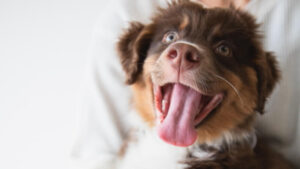
Wondering if a puzzle feeder could revolutionize your pet’s mealtime into an exciting challenge? This unique device promises to engage your furry friend both mentally

For passionate pet enthusiasts, a puzzle feeder is more than just a toy; it’s a critical tool for mental stimulation and dietary control for their
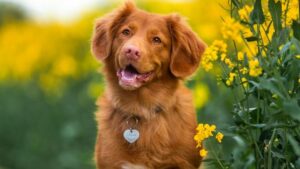
Are you ready to dive deeper into the world of puzzle feeder and embark on a journey to ensure your furry friends remain mentally stimulated?
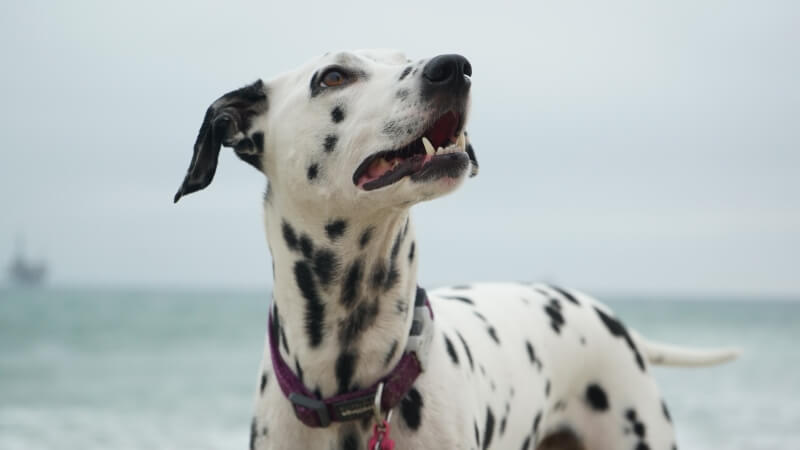
Choosing the right plaything for your furry friend – be it a dog puzzle feeder or interactive toys – is essential for their mental and
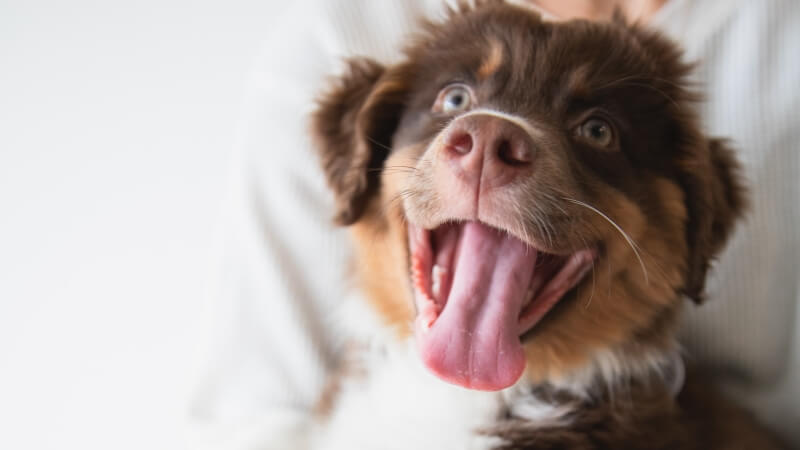
Wondering if a puzzle feeder could revolutionize your pet’s mealtime into an exciting challenge? This unique device promises to engage your furry friend both mentally

For passionate pet enthusiasts, a puzzle feeder is more than just a toy; it’s a critical tool for mental stimulation and dietary control for their

Are you ready to dive deeper into the world of puzzle feeder and embark on a journey to ensure your furry friends remain mentally stimulated?
Copyright © 2024 puppypuzzlefeeder. All Rights Reserved.